iPhone 16e vs iPhone 13: Here's why upgrading would be a bad idea
We may earn a commission if you make a purchase from the links on this page.

Intro
Apple's new iPhone 16e surprisingly usurped the affordable slot previously held by the iPhone SE (2022), marking a new shift in the mid-range segment for Apple.
With it, we finally part ways with sub-6.1-inch iPhones from Apple's roster. Some won't even notice, while others will lament this paradigm shift.
The iPhone 16e carries over a lot of that same iPhone 13-esque DNA, and that's great. The iPhone 13 isn't hailed as one of the greats, like the legendary iPhone XR and iPhone 11, which still have their devoted fans to this day, but is certainly up there in the list of iPhones that did a ton of things very well.

Should you upgrade from the iPhone 13 to the iPhone 16e, though? Well, here's why you should probably abstain from doing just that.
iPhone 16e vs iPhone SE (2022) differences and similarities:
| iPhone 16e | iPhone 13 |
|---|---|
| iPhone 16-like design with a notch and flat aluminum frame, slightly thicker | Similar notched design, but slightly thicker |
| 6.1-inch OLED display with 60Hz, Ceramic Shield | The same 6.1-inch OLED display with 60Hz refresh rate, Ceramic Shield |
| Apple A18 chip with 8GB of RAM, 4-core GPU | Apple A15 Bionic with 4GB RAM, 4-core GPU as well |
| Customizable Action Button | Standard ring switch |
| Apple Intelligence support | No Apple Intelligence support |
| Larger 3,961mAh battery with drastically better battery life (26 hours video playback) | 3,227mAh battery with worse battery life (19 hours video playback) |
| 20W wired charging (up to 50% charge in 30 minutes) 7.5W Qi wireless charging NO MagSafe | 20W wired charging (50% charge in 30 minutes) 15W MagSafe supported 7.5W Qi wireless charging |
| USB-C port, USB 2 speeds | Lightning port |
| Satellite features, Apple C1 5G modem | - |
| A 48MP wide-angle camera | A 12MP main camera |
| Black and White colors | Starlight, Midnight, Blue, Pink, Product(RED), Green |
| $599 starting price | $799 price at launch, currently discontinued |
Read more:
Design and Size
Apple's fraternal twins
There's no two ways about it: the iPhone 16e and the older iPhone 13 are nearly identical in terms of their appearance and styling. Both employ the previous iPhone design language, the one with the notch up front and the flat aluminum frame. The notch of either one houses the FaceTime camera and all the Face ID paraphernalia, while the screen is completely flat.
Spanning displays at 6.1 inches across, the two phones are also quite similar in terms of overall dimensions, with either phone measuring 146.7 mm tall and 71.5 mm wide. The newer iPhone 16e is 0.15 mm thicker at 7.8 mm versus the iPhone 13's 7.65 mm; however, when you factor in the camera bumps, the iPhone 16e measures just 8.3 mm thick, while the iPhone 13 is thicker at 10.17 mm. In terms of weight, it's the iPhone 16e that is more compact at 167 gr, while the older iPhone tips the scales at 174 gr.
This goes to show that if you've ever handled an iPhone 13 (or an iPhone 14, or an iPhone 15), then you have a pretty good understanding of what the iPhone 16e would feel in your hand.
Speaking of cameras, a major difference between the new and the older device is the single rear 48MP camera of the iPhone 16e, while the iPhone 13 gives us the standard wide + ultrawide combo at the back.
Another major difference is the Action Button on the new iPhone 16e. Inherited from the iPhone 16 series, it enables the mapping of different functions and features for quick access with a press, though most people probably leave theirs at the default ring mode selection. At the same time, the iPhone 13 boasts one of Apple's signature hardware features––the good ol' physical ring switch.
Oh, and at the bottom of the iPhone 13, you'll find another ex-staple, the Lightning port, whereas the iPhone 16e upgrades that to an USB-C port. However, it's merely rated for USB 2.0 speeds, so 480Mb/s max.
The iPhone 16e comes in merely two colors, Black and White, while the older iPhone 13 was available in a plethora of hues: Starlight, Midnight, Blue, Pink, Product(RED), and Green, which was released a couple of months after the iPhone 13's official arrival.
Display Differences
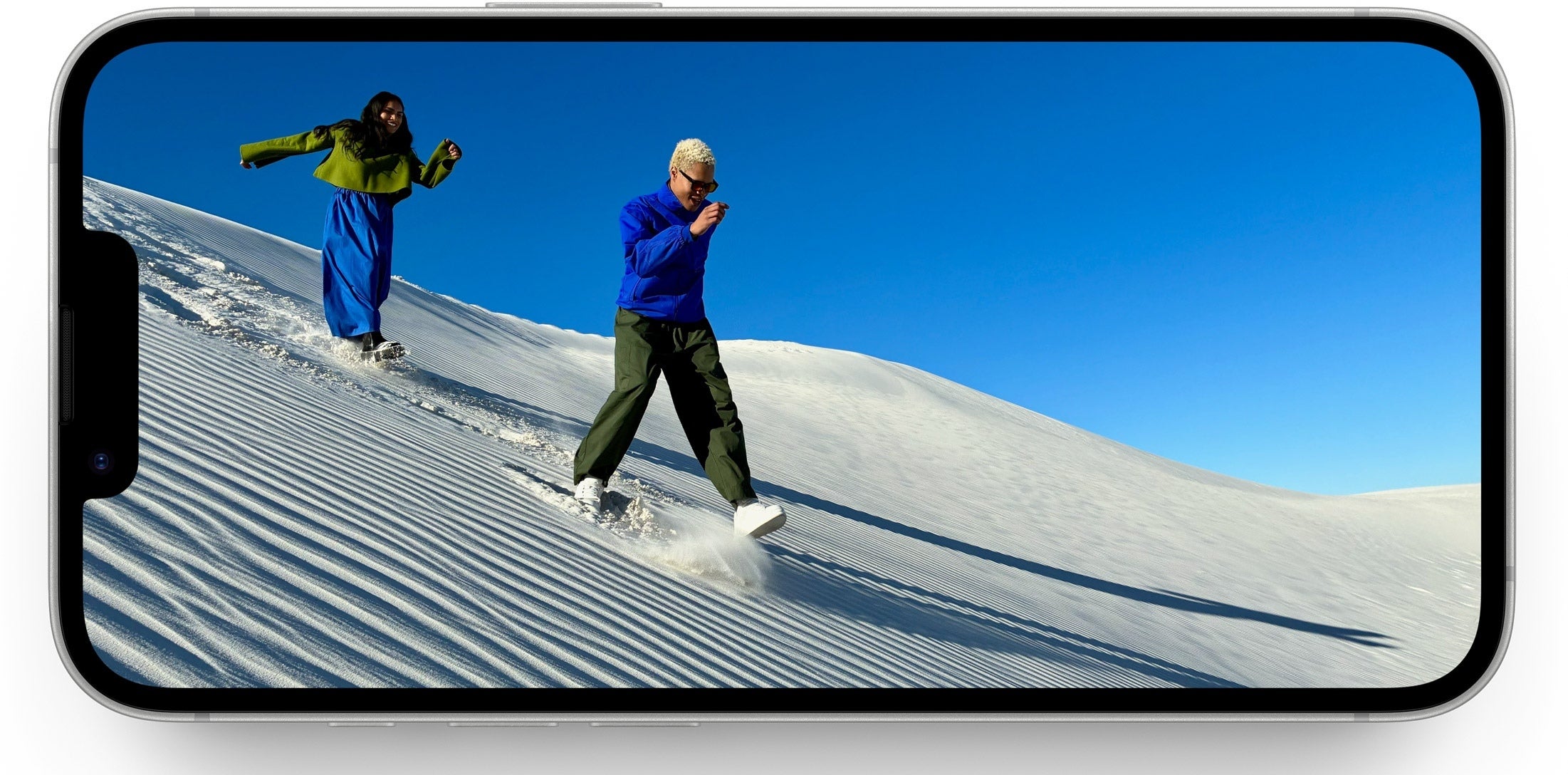
Notch and OLED (Image Credit-Apple)
No major differences between the iPhone 16e and the iPhone 13 in terms of display specs. Both have 6.1-inch OLED Super Retina XDR screens, with the standard but terribly outdated 60Hz refresh rate, first-gen Ceramic Shield glass, and are rated for the same 1200 peak brightness in HDR mode.
Nothing too fancy, and nothing we haven't seen many times on many previous iPhones before.
In terms of display properties, the two devices are nearly identical in terms of max brightness, color temperature, gamma, and so on. In all fairness, you're getting two very similar displays, nothing too extraordinary on the newer device.
Performance and Software
Major gains

iPhone 16e fully supports Apple Intelligence (Image Credit-Apple)
Apple Intelligence seems to be the name of the game for all of Apple's latest iPhones, this here iPhone 16e included. It comes with the same second-gen 3nm A18 Pro chip that ticks in all devices, from the regular iPhone 16 to the top-of-the-line iPhone 16 Pro Max. There's just a slight difference: it is bundled with a 4-core GPU, whereas the rest of the iPhone 16 range has 5-core GPUs, but that wouldn't make a major difference in performance.
Apple Intelligence is supported thanks to the 8GB of RAM on board. Surprisingly, all features are available, including the Visual Intelligence one which requires the Camera Control button. As the iPhone 16e naturally lacks that hardware feature, users can map Visual Intelligence to the Action Button, a peculiar workaround that's soon also coming to the iPhone 15 Pro/Pro Max phones.
The iPhone 13, on the other hand, uses the Apple A15 Bionic chip, which was by no means a slouch in its heyday, but will naturally be surpassed by the much newer and much more powerful A18 Pro. For regular usage, however, that one still has a lot to offer. The iPhone 13 doesn't support Apple Intelligence.
The newer phone naturally delivers significantly better performance in both the CPU and GPU tests we conducted. That's just the natural order of things, especially considering the jump in efficiency from 5nm all the way down to 3nm.
Storage-wise, both phones have the same storage tiers: 128GB, 256GB, and 512GB.
Of course, the iPhone 16e will be supported for much longer thanks to the fact that it's much newer. Meanwhile, the iPhone 13 is nearly half way through its lifetime and will definitely reach the end of its life much sooner. Apple usually supports its devices for seven or eight years, so a possible end-of-life date is 2028 or 2029.
Camera
More megapixels, less cameras
With the iPhone 16e, we get a 48MP Fusion camera at the back. Yes, it's a single one, so no ultrawide capabilities, but it still can pull some cool tricks. Thanks to in-sensor cropping, the phone lets you take 2X zoom photos with lossless optical quality. And, thanks to the high resolution, the iPhone 16e can take 24MP and 48MP photos.
In our dedicated camera test, the new iPhone 16e doesn't fare too good. That's due to the limited single-camera setup at the back as well as the lack of a dedicated ultrawide or a zoom lens. Still, the performance of the main camera is better than the one on the iPhone 13, making the iPhone 16e suitable for occasional photography.
PhoneArena Camera Score:
The iPhone 16e lacks the new Photographic Styles announced with the iPhone 16 generation and also can't capture spatial videos.
Meanwhile, the iPhone 13 had dual 12MP wide and ultrawide cameras. They were decent back in the day, but slightly fall behind these days, especially when compared to the competition, both from Apple's own camp and from the Android side.
Both devices have the same 12MP FaceTime cameras up front. We doubt there will be any difference in the image quality.
Battery Life and Charging
How would the iPhone 16e stack up against a battery veteran?
Well, seemingly much better.
The iPhone 16e features a 4,005 mAh battery, some 20% bigger than the 3,227 mAh battery on the iPhone 13. That is quite the difference.
Apple says the iPhone 16e can get 26 hours of video playback, beating the iPhone 13 which can only muster 19 hours.
Of course, the iPhone 16e went through the paces of our custom battery tests, and the results are in! The new iPhone delivers some pretty decent battery endurance, achieving a respectable 17 hours and 27 minutes in our web browsing test, where it emulates a regular browsing experience with the screen set at 200 nits. The newer iPhone is slightly less impressive in the video and gaming tests, but overall, it's a decent phone in terms of battery backup
PhoneArena Battery and Charging Test Results:
The iPhone 16e comes with USB-C, while the iPhone 13 has Lightning on deck.
One area in which we are significantly less impressed is charging, and the wireless one in particular. The iPhone 16e can only hit up to 20W of wired charging (up to 50% charge in 30 mins), which is slow but fine given its mid-range status. We measured a full charge in an hour and 41 minutes, which is faster than the iPhone 13.
What's disappointing here however is the super-slow 7.5W Qi wireless charging that's supported. Yes, no 15W MagSafe here, and no MagSafe accessory support. That's embarrassing.
The iPhone 13 also boasted 20W wired charging, but it also had 15W MagSafe, which is twice as fast as the iPhone 16e.
Specs Comparison
Here's how the iPhone 16e vs the iPhone 13 compare.
| Specs | iPhone 16e | iPhone 13 |
|---|---|---|
| Size, weight | 146.7 x 71.5 x 7.8 mm 167 g | 146.7 x 71.5 x 7.65 mm 174 g |
| Screen | 6.1" OLED Super Retina XDR 60Hz Ceramic Shield (1st gen) | 6.1" OLED Super Retina XDR 60Hz Ceramic Shield (1st gen) |
| Processor | A18 Pro 3nm | A15 Bionic 5nm |
| RAM, Storage | 8GB/128GB 8GB/256GB 8GB/512GB LPDDR5 | 4GB/128GB 4GB/256GB 4GB/256GB LPDDR5 |
| Cameras | 48MP F1.6 wide 2X in-sensor zoom 12MP front | 12MP F1.8 wide 12MP F2.4 ultrawide 12MP front |
| Battery | 3,961 mAh 26 hours video playback | 3,227mAh 19 hours video playback |
| Charging | USB-C port 20W wired 7.5W wireless charging | Lightning port 20W wired 15W MagSafe |
Summary
The iPhone 16e and the iPhone 13 share a lot of similarities, but the new device can potentially improve some core aspects of the user experience: much better performance, much better battery life, better camera image quality, and access to new software and hardware features.
The iPhone 16e probably isn't the perfect upgrade choice for those who are still using the iPhone 13 to this day: it's still a mighty viable device that doesn't really feel outdated, especially when you compare it with Apple's current iPhones. Although its time will inevitably come, there's still time, and the iPhone 16e might not be it.
On the other hand, if you've been itching to switch from your iPhone 13 to something newer, but the pricing didn't feel right, well, the iPhone 16e could be a viable option. It isn't as affordable as the iPhone SE was, but still offers a lot of familiar features in a slightly modernized package.
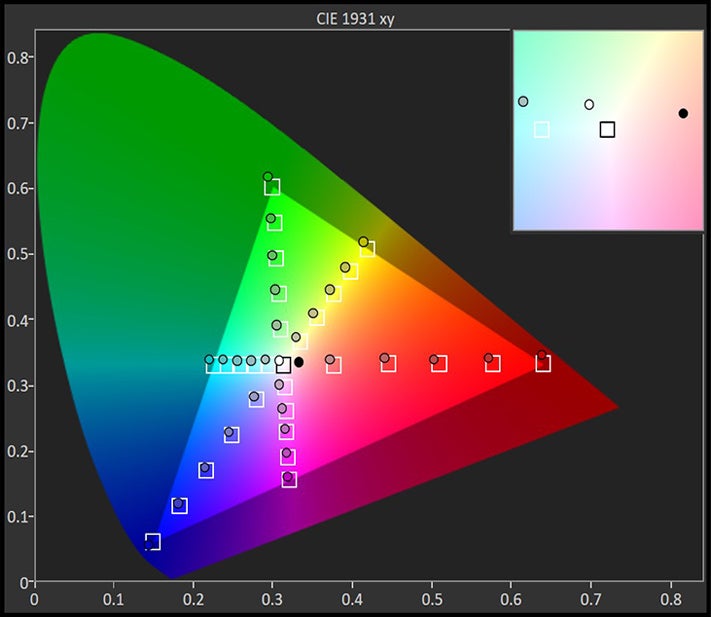
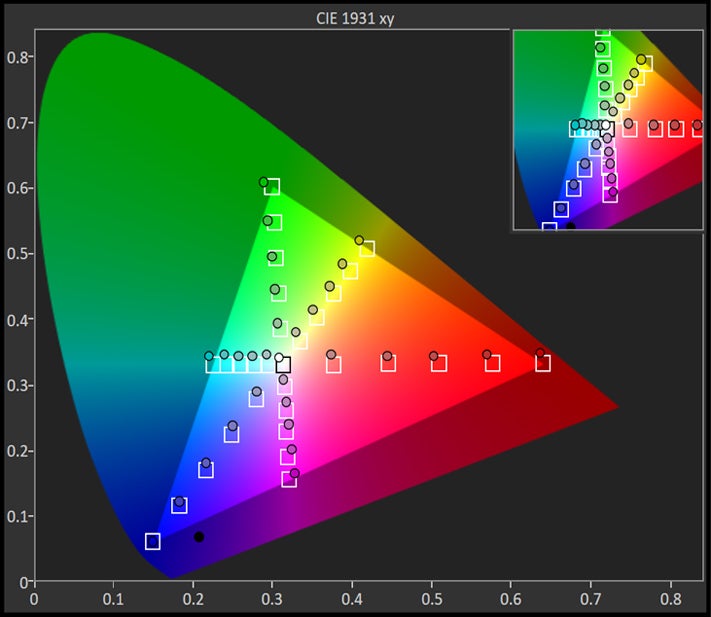





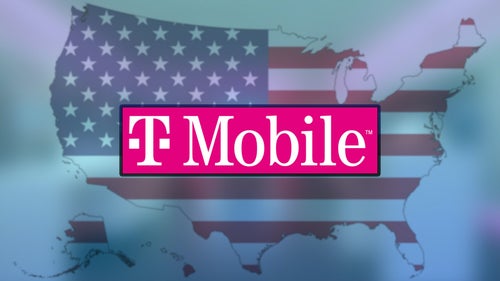

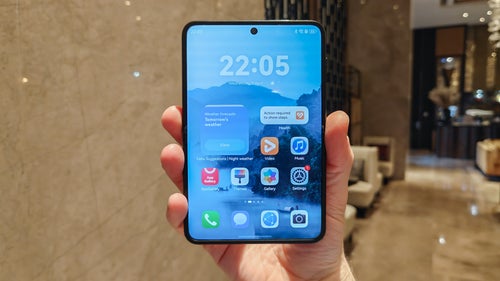
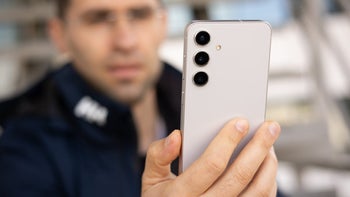

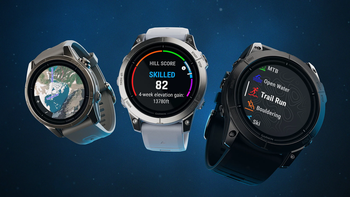
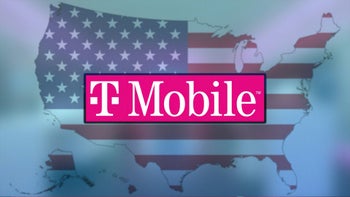








Things that are NOT allowed: